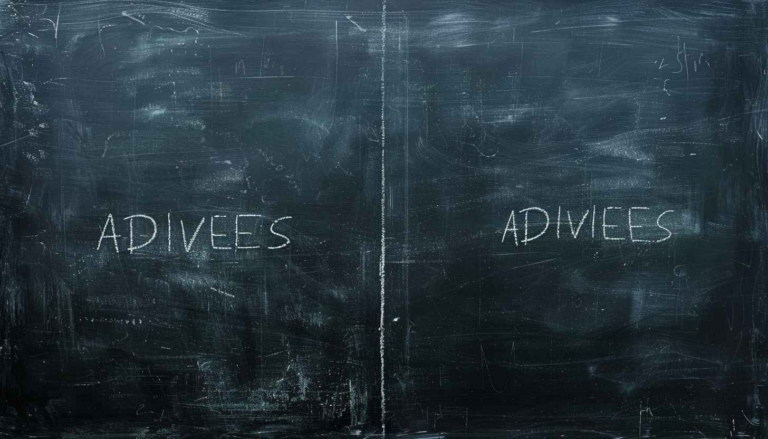Roofs or Rooves: Which Is Best?
With both trying to pluralize “roof”, only one is correct in today’s modern English. Which begs the question, is it roofs or rooves?
Definition of Roofs and Rooves
To answer the earlier question, spoiler alert—it’s roofs.
A roof is that trusty structure on top of your house (or car) that keeps you dry when it rains. And roofs is the standard plural form, whether you’re talking about cozy cottages or skyscrapers.
Rooves, on the other hand, is an old-school version that used to pop up in British English but has since been retired from proper usage.
Grammar Rules
So why is this even a debate?
Back in the day, some British dialects did use rooves, likely mimicking those other irregular plurals. Over time, English cleaned things up, and roofs became the universal choice. However, given that some words, like “hoof → hooves” or “wolf → wolves,” switch their spelling when pluralized, it made people think still think that “roof” should follow the same rule, but it doesn’t!
Ultimately, just like how most nouns in English simply add -s to become plural, and “roof” is no different: roof → roofs.
Examples of Roofs
- The roofs of Hogwarts Castle shimmered under the winter snow, adding to the magic of the wizarding world.
- During the music festival, concert-goers danced on the rooftops, turning the city’s roofs into stages of celebration.
- Spider-Man swung across the city’s roofs, chasing villains while the skyline sparkled behind him.
- The solar panels installed on the neighborhood’s roofs helped make it a model for sustainable living.
- In the iconic opening scene of Mary Poppins, the chimney sweeps sing and dance on the roofs of London, creating a timeless cinematic moment.
- As the storm rolled in, the thatched roofs of the cottages in The Lord of the Rings seemed to blend perfectly with the Shire’s serene landscape.
- The roofs of Wakanda’s futuristic buildings glistened under the vibrant hues of its technologically advanced city in Black Panther.
- During the pandemic, many urban residents turned their apartment roofs into makeshift gardens, gyms, and even movie spots.
Key Differences Between Roofs and Rooves
| Aspect | Roofs | Rooves |
| Spelling | The modern and standard plural form of “roof” | An outdated or archaic plural form of “roof” |
| Usage | Universally accepted in both British and American English today | Rarely used, found in historical texts or regional dialects |
| Grammar | Follows standard pluralization rules by adding “-s” | Mimics irregular plurals like “hoof → hooves,” but not grammatically correct now |
| Regions | Common worldwide in formal and informal English | Occasionally found in older British English dialects |
| Examples | “The roofs of the buildings gleamed under the sunlight.” | “The rooves of the barns were repaired after the storm.” (historical usage) |
| Modern Preference | Recognized by dictionaries and grammar guides as correct | Not recognized as standard in modern English |
Why Are Roofs and Rooves Confusing?
The confusion between roofs and rooves is easy to understand, especially when you think about the quirks of English. Some words, like hoof → hooves and wolf → wolves, change their spelling when pluralized, so it feels natural to assume “roof” might do the same. This assumption is why many people think rooves is correct, even though roofs is the standard in modern English.
Historically, things were a bit messier. In older British English, some dialects used rooves as the plural of “roof,” likely following the irregular patterns of other nouns. You might still stumble across rooves in regional writings or folk traditions, but as English became more standardized, roofs took over as the accepted plural form.
Today, English prefers simpler, more consistent rules for pluralization. Most nouns just add -s or -es, which is why roofs is the correct choice. Still, if you come across rooves in old books or regional speech, it’s easy to see why someone might think it’s still valid.
The irregular plurals in words like loaf → loaves and knife → knives only add to the mix-up. These patterns make rooves feel like it should be right, even though “roof” doesn’t follow this rule.
To make things trickier, while rooves is no longer recognized as standard, its rare appearances in historical literature or traditional dialects can make some readers question whether it remains acceptable in certain contexts.
Simplify your writing and get instant answers to tricky grammar questions with Arvin AI!
Synonyms for Roofs
Canopies:
Often used for structures that provide overhead protection.
- The canopies of the huts were made of woven palm leaves.
Tops:
A casual term for the uppermost part of a structure.
- The tops of the buildings sparkled in the morning light.
Shelters:
Refers to the protective function of roofs.
- The shelters were built with sturdy materials to withstand storms.
Covers:
Describes the functional purpose of a roof.
- The covers of the barns were repaired after the hailstorm.
Overhangs:
Used to describe roof-like extensions or projections.
- The overhangs of the cliff provided shade from the sun.
Domes:
For rounded or curved roof structures.
- The domes of the cathedral stood out against the skyline.
Awnings:
Fabric or lightweight covers attached to buildings.
- The café had colorful awnings above its outdoor seating.
Idioms and Phrases Using Roofs
“Raise the roof”
Meaning: To celebrate or create a lot of noise and excitement.
- The crowd raised the roof when the band started playing their hit song.
“Hit the roof”
Meaning: To become extremely angry or upset.
- She hit the roof when she discovered the mistake in her report.
“Under one roof”
Meaning: Being in the same building or location.
- The entire family gathered under one roof for the holidays.
“A roof over your head”
Meaning: Having shelter or a place to live.
- They were grateful to have a roof over their heads during the storm.
“Go through the roof”
Meaning: Either extreme anger or a significant increase in something (e.g., prices).
- Gas prices have gone through the roof this month.
“The roof caved in”
Meaning: Used metaphorically to describe a sudden collapse or failure.
- When the deal fell through, it felt like the roof caved in on their plans.
“The sky’s the limit, but the roof’s in the way”
Meaning: A humorous twist implying there are obstacles to ambitions.
- He joked, “I want to aim high, but the roof’s in the way!”
Still unsure about roofs or rooves? Let Arvin AI’s Grammar Checker clear up your confusion in seconds!
Final Words on Roofs or Rooves
Rooves, while it has historical roots, is now considered outdated and is rarely used outside of older texts or regional dialects. If you’re ever in doubt, stick with roofs—it’s clear, correct, and widely understood. After all, the best language choices are the ones that help you communicate without distractions.

And if you want a helping hand with tricky grammar or spelling questions, why not try Arvin AI’s Grammar Checker? It’s the perfect tool to ensure your writing is polished and accurate!
FAQ
The transition from “rooves” to “roofs” occurred gradually as English became more standardized in the 18th and 19th centuries.
The correct plural of “roof” is roofs. This is the standard form in both British and American English today.
In New Zealand, like in other English-speaking countries, the plural of “roof” is roofs, following modern English conventions.
The Oxford English Dictionary lists roofs as the correct plural form of “roof,” noting that “rooves” is outdated and rarely used.
Both hoofs and hooves are correct, but hooves is more commonly used in modern English. It follows the irregular pluralization pattern similar to “wolf → wolves.”
Unlike “hoof,” “roof” does not undergo a vowel change, making “rooves” unnecessary in modern English.





